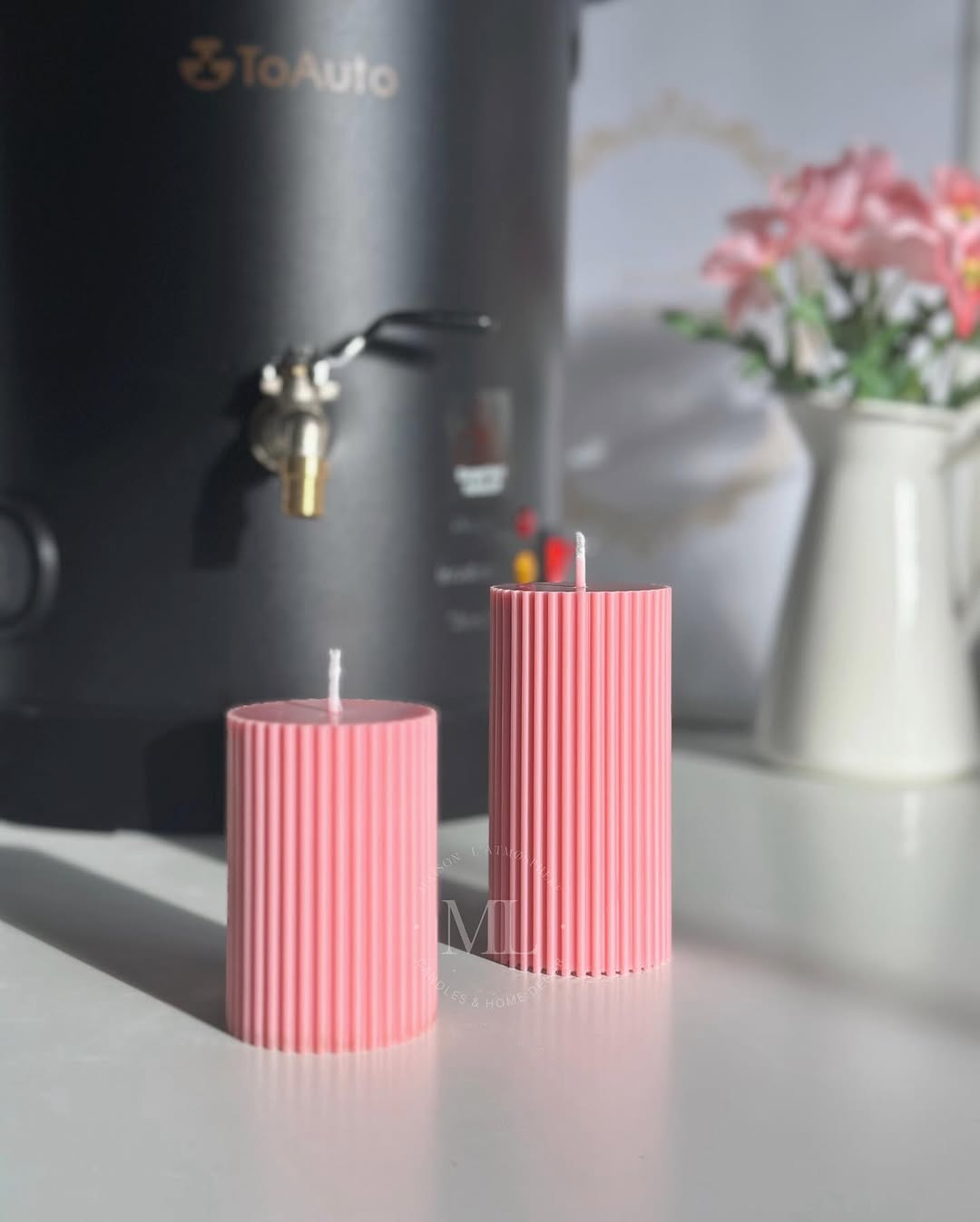
Cotton, Wood, or Eco? Your Guide to Candle Wick Types
Share
Choosing the right wick is the most important decision you'll make when creating candles. Get it wrong, and you'll face tunneling, soot, or poor fragrance throw. Get it right, and you'll create perfect, clean-burning candles every time.
This guide breaks down the three main wick types—cotton, wood, and eco—to help you make the best choice for your candle creations.
Why Your Wick Choice Matters
The wick is the engine of your candle. It determines:
Burn quality (preventing tunneling and soot)
Fragrance throw (how well scent disperses)
Burn time (how long your candle lasts)
Safety (preventing overly large flames)
Cotton Wicks: The Classic Performer
Best for: Beginners and all-purpose use
Works well with: Soy wax, coconut wax, paraffin, beeswax
Cotton wicks are the most common and versatile choice. They're typically braided and often come pre-waxed for easier lighting and cleaner burns.
Pros:
Consistent performance across different wax types
Easy to find and affordable
Good for containers, pillars, and votives
Cons:
Can mushroom (form carbon buildup) if not properly sized
Less aesthetic appeal than wood wicks
Wood Wicks: The Rustic Experience
Best for: Luxury and decorative candles
Works well with: Soy wax, coconut wax blends
Wood wicks create that popular crackling sound and rustic appearance that many candle lovers enjoy.
Pros:
Beautiful crackling sound
Modern, aesthetic appeal
Excellent scent throw
Cons:
Can be trickier to keep lit
Requires specific width sizing
More expensive than cotton
Eco Wicks: The Clean-Burning Choice
Best for: Natural waxes and clean burns
Works well with: Soy wax, coconut wax, other vegetable waxes
Eco wicks (often made from cotton and paper fibers) are designed specifically for cleaner burning with less mushrooming.
Pros:
Minimal mushrooming
Excellent with natural waxes
Clean, consistent burns
Cons:
Can be more expensive
Less widely available than cotton
Quick Comparison Guide
| Feature | Cotton Wicks | Wood Wicks | Eco Wicks |
|---|---|---|---|
| Best For | Beginners, all-purpose | Luxury, decorative candles | Natural waxes, clean burns |
| Cost | $ | $ | $ |
| Ease of Use | Very Easy | Moderate | Easy |
| Scent Throw | Good | Excellent | Very Good |
| Burn Time | Standard | Standard | Long |
Pro Tip: Perfect Your Wax Melting for Better Results
No matter which wick you choose, proper wax preparation is essential. Consistent melting temperatures ensure your wax and fragrance bind properly, which directly affects how your wick performs.
For professional results, consider using a dedicated wax melter like those from Toauto. Their double-boiler style wax melters provide gentle, even heating that helps preserve fragrance oils and ensures consistent results batch after batch.
How to Test Your Wick Choice
Always test multiple wick sizes and types with your specific:
Wax type
Container size
Fragrance load
Dye amount
Start with the manufacturer's recommendations, then test one size up and one size down to find your perfect match.
Choose cotton wicks for reliability and ease of use
Choose wood wicks for aesthetic appeal and ambiance
Choose eco wicks for clean burns with natural waxes
Proper wax melting with a quality wax melter makes testing and production easier and more consistent.
Happy candle making!
